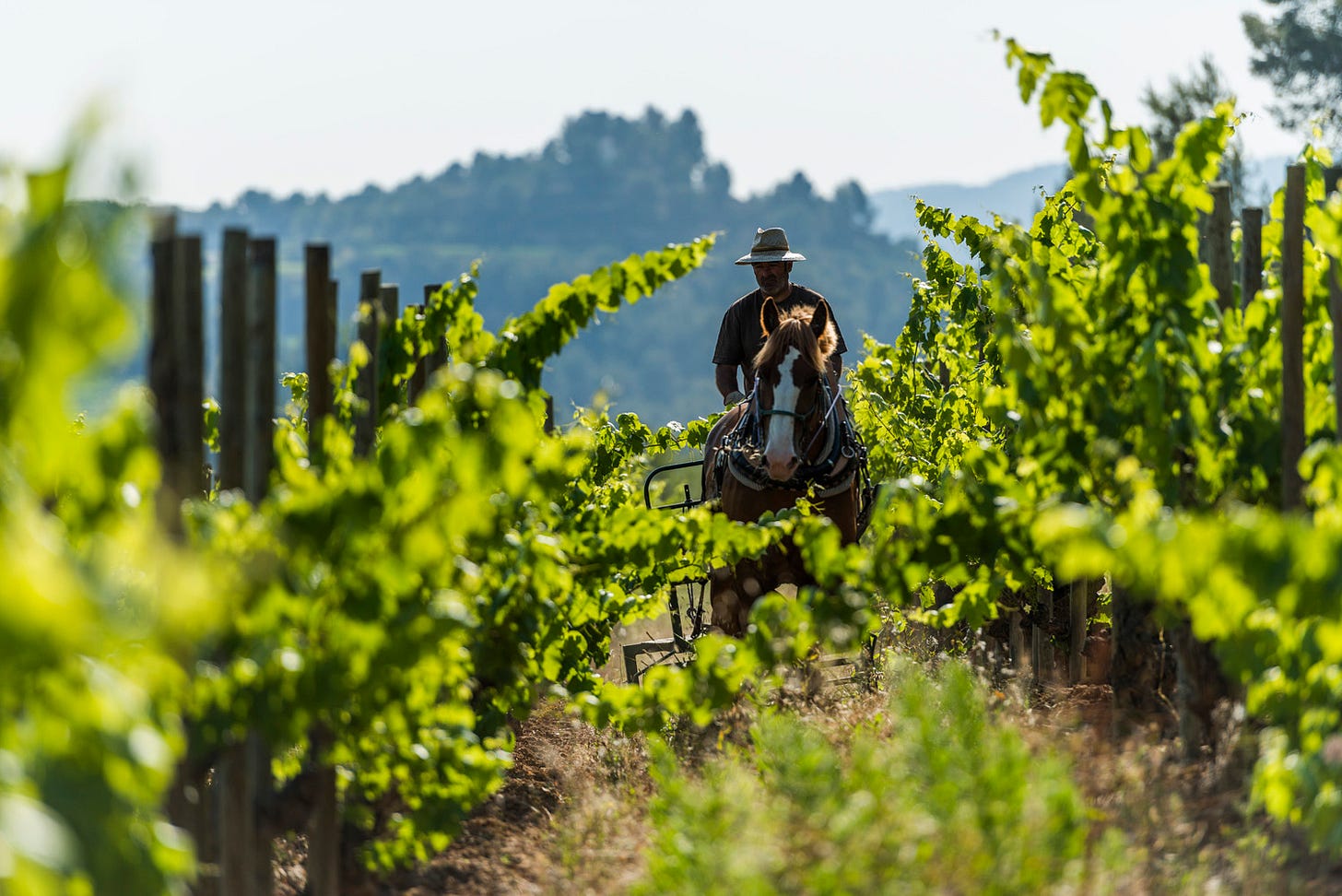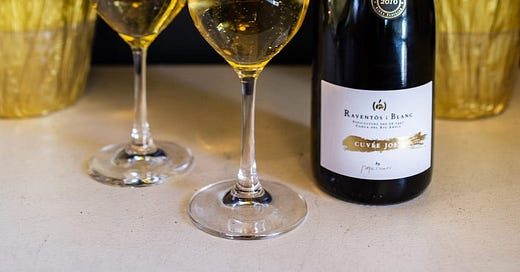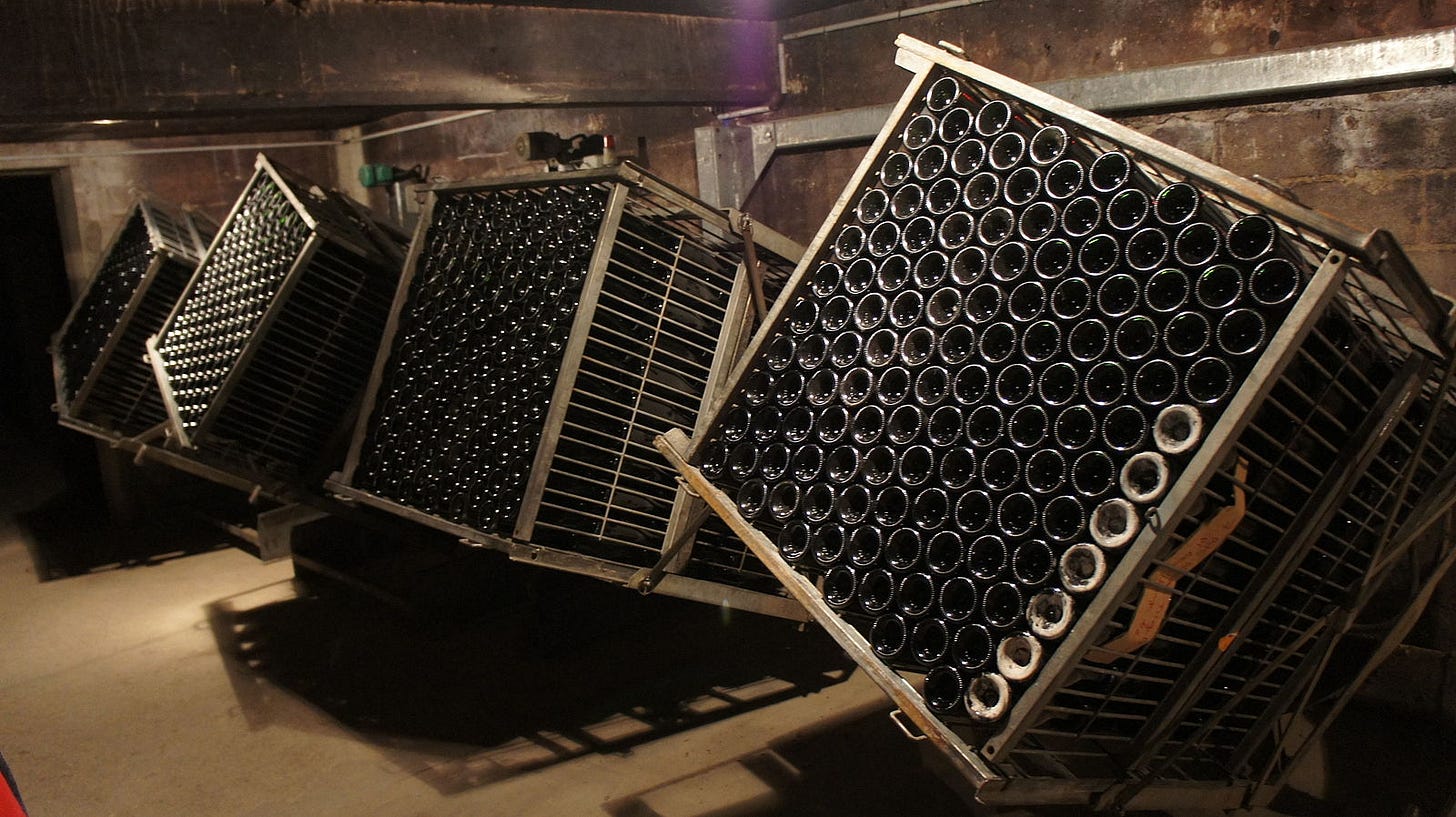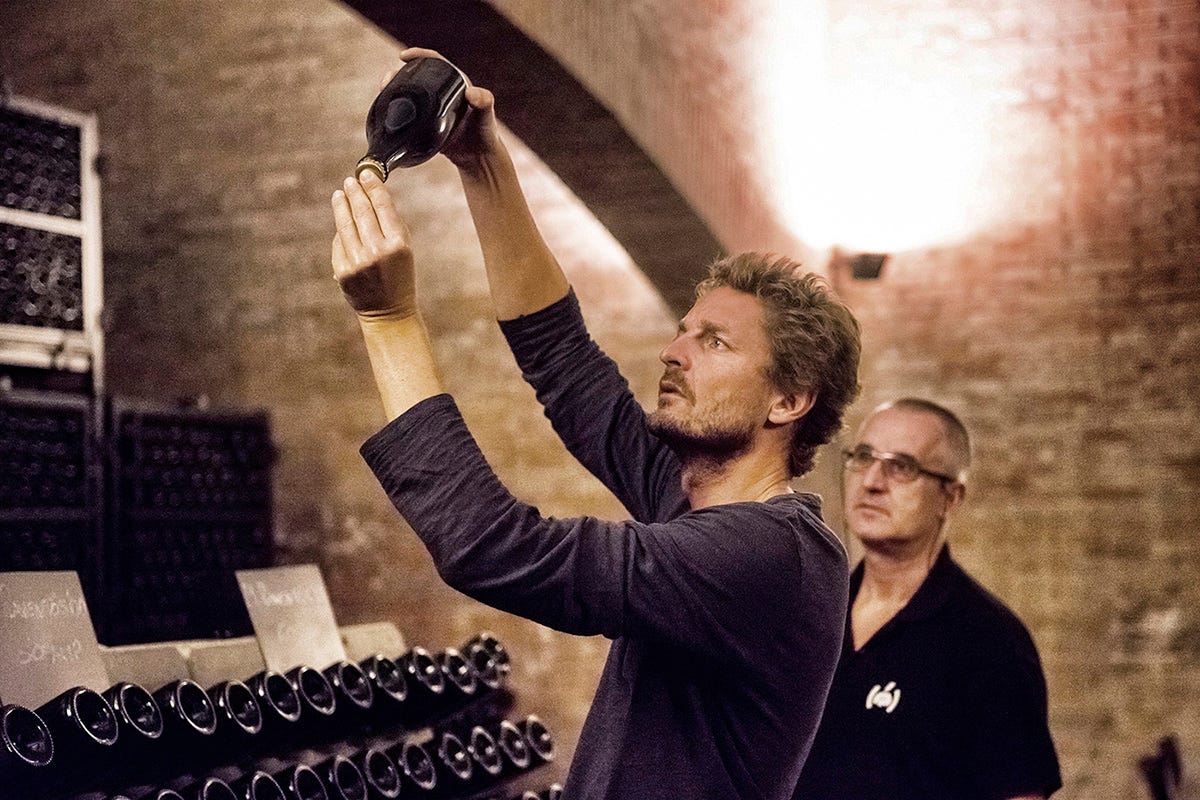On New Year’s Eve you can find me with a glass of Cava in my hand…it’s the wine Spaniards open to celebrate the special moments of life. If you’ve had it, you know that Cava is so delicious, easy to pair with food, and perfect for parties. It’s also much more affordable than that other sparkling wine they make in France! Even though you can find it on every grocery store shelf, I still think the sparkling wines of Spain are the best kept secret in the wine world!
You know me, I love history, and there is a lot of history in the story of Cava, and even some drama among winemakers in Spain, so I thought I’d share a little of both so when you get ready to pop open your bottles of bubbles you really know the stories behind what you are drinking. Let’s go!
Spain has been making sparkling wine ever since the mid-19th century, when Spanish winemaker Josep Raventós traveled to the Champagne region of France. Raventós's family had been making still wines since the 15th century in the Penedès region of Catalonia, just outside of Barcelona. In the 1860s, he traveled to Champagne to sell his still wines, and learned about the winemaking techniques of the area. When he returned home, he started doing his own experiments, and by 1872 he made the first sparkling wine using local grapes and the traditional champenoise method.

He called it Champán (or in Catalan, xampany). In the 1970s, Spanish winemakers renamed their wine “Cava,” from the Spanish word for cave, to avoid upsetting those annoying French Champagne producers. Spanish producers also invented a new piece of mechanical equipment for the riddling process, called the 'gyropalette,' which speeds up what was once done entirely by hand, allowing sparkling wine to be made in a much larger volume than before…which is why Spanish sparkling wines are much, much more affordable than Champagnes of the same quality…it’s about technology and innovation, not about marketing, people!
Traditionally, to make sparkling wine, ripe grapes are picked and crushed to produce juice, which is then fermented in wood or steel. This first fermentation produces still wines, which are then blended together and bottled with yeast and a small dose of sugar or fresh grape juice. In the bottle, the yeast consumes the extra sugar to produce bubbles. In order to clarify the now-sparkling wines and stop the fermentation process, the bottles must be "riddled" (or removido in Spanish), which means that it is gently turned over the course of months to gather the yeast to the top of the bottle, where it will be removed through disgorgement, leaving a sparkling, clear wine that is then corked and caged. (Don’t even get me started about how the Italians make prosecco…!)
Soon after Raventós imported this technique from France, more Catalan winemakers in and around the Penedès region started making sparkling wine with three local grape varieties – Macabeu (also called macabeo or viura), Xarel·lo, which adds acidity, earthiness, and a lime blossom aroma, and Parellada, which gives the wine green apple and citrus notes. Rosado (rosé) styles of Cava are made from the red grapes garnacha, monastrell, pinot noir, and/or the Catalan variety trepat.
Here is where things get a little complicated, and the drama begins. In Spain, the "designated origin" (DO) of Cava is not regionally based. Cava can be made anywhere in Spain, as long as it follows all of the rules for production. As you’ll see in the Catalonia episode of my new show, José Andrés & Family in Spain, which is coming to Discovery + on December 27th (have you set your VCR…remember those days?), the vast majority of Cava comes from the Penedès wine region in Catalonia, in northeast Spain near Barcelona. But it is also made Aragón, Basque Country, Extremadura, La Rioja, Navarra, and València…almost everywhere in the country! At Jaleo we pour Avinyó Blanc de Noirs from Penedès, which is DO Cava…but I don’t think we’ll ever pour Cavas from the rest of the country!
Some winemakers in Penedès felt that Cava should be tied to a terroir or a region…and they began moving away from the DO Cava. In 2012, Raventós i Blanc…the family of winemakers continuing in Josep Raventós's tradition and one of the wineries responsible for setting up the Cava DO in the first place…decided to leave and establish a new geographic DO: Conca del Riu Anoia, centered on the River Anoia Valley. They are the ones who make the amazing Cuvée José, which we have by the glass at all of our restaurants! You need to try it, I love it (not only because it has my name on it!)
Then in 2014, a number of small sparkling winemakers created a larger geographic DO in Penedès, called Clàssic Penedès…there are 17 members today (Jaleo has a bottle from Mas Bertran). And then in 2019, nine more producers left the Cava DO to start Corpinnat, a word derived from Corazón del Penedès, or the heart of the Penedès region (at Jaleo we have wines from Castellroig, Llopart, Gramona, and Can Feixes). It’s a lot to keep track of…sometimes I think it would be better if they all just stuck together and just make Cava great again!
As with most sparkling wines, there's almost no bad pairing with Cava, Corpinnat, and other Spanish sparklers ... but there are a few exceptional ones that I love. Seafood and sparkling are a match made in heaven (also known as Spain)...especially briny oysters, pulpo a la gallega, and garlicky gambas al ajillo. Jamón and Cava is another Spanish classic...the complex, nutty richness of jamón Ibérico is incredible with the yeasty minerality of a vintage sparkling wine. Sparkling wine is also a perfect match with traditional Valencian paella, as well as stews like callos a la madrileña, pollo catalana, and fricando de ternera...all available at Spanish Diner.
Or if you want to keep it easy, open a bottle of bubbles and make some of the famous Catalan pan con tomate – sometimes the simplest pairings are the best.








I studied in Spain and loved every minute. 12 years ago, when I got married, I wanted cava at my reception instead of champagne. The venue has to search for it a little bit at that time, as we got married in Central Wisconsin, which is not known for its Spanish influences, but everyone at the reception loved it and still asks for it even today. “What was that special ‘champagne’ you had at your wedding?? I forgot the name.” And the answer is always and will always be, cava 💗.
My tio introduced me to Spanish cava and I fell in love! It truly is a delightful wine and goes great with so many Spanish dishes. Now I'm hungry for tapas!